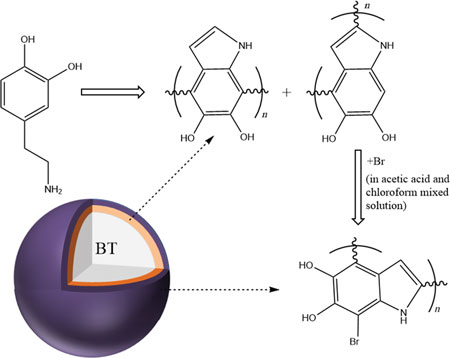Crossref Citations
This article has been cited by the following publications. This list is generated based on data provided by Crossref.
Liu, Leipeng
Lei, Ying
Zhang, Zhicheng
Liu, Jinru
Lv, Shenghua
and
Guo, Ziyi
2020.
Fabrication of PDA@SiO2@rGO/PDMS dielectric elastomer composites with good electromechanical properties.
Reactive and Functional Polymers,
Vol. 154,
Issue. ,
p.
104656.
Zhou, Yanfen
Li, Lele
Li, Wenyue
Wen, Shipeng
Jiang, Liang
Jerrams, Stephen
Ma, Jianwei
and
Chen, Shaojuan
2020.
The fabrication and properties of magnetorheological elastomers employing bio-inspired dopamine modified carbonyl iron particles.
Smart Materials and Structures,
Vol. 29,
Issue. 5,
p.
055005.
Wang, Yuhao
Li, Wenyue
Zhou, Yanfen
Jiang, Liang
Ma, Jianwei
Chen, Shaojuan
Jerrams, Stephen
and
Zhou, Fenglei
2020.
Fabrication of high-performance wearable strain sensors by using CNTs-coated electrospun polyurethane nanofibers.
Journal of Materials Science,
Vol. 55,
Issue. 26,
p.
12592.
Liu, Zhanxu
Zhou, Bangze
Li, Chenchen
Wang, Yuhao
Wen, Shipeng
Zhou, Yanfen
Jiang, Liang
Zhou, Fenglei
Betts, Anthony
and
Jerrams, Stephen
2021.
Printable dielectric elastomers of high electromechanical properties based on SEBS ink incorporated with polyphenols modified dielectric particles.
European Polymer Journal,
Vol. 159,
Issue. ,
p.
110730.
Kuznetsov, N.M.
Banin, E.P.
Krupnin, A.E.
Krasheninnikov, S.V.
Vdovichenko, A.Yu.
and
Chvalun, S.N.
2022.
Effect of Filler on the Deformation of Polydimethylsiloxane Composites under an Electric Field.
Herald of the Bauman Moscow State Technical University. Series Natural Sciences,
p.
123.
Drymiskianaki, Argyri
Katsara, Klytaimnistra
Manousaki, Alexandra
Viskadourakis, Zacharias
and
Kenanakis, George
2024.
Dielectric Behavior of Stretchable Silicone Rubber–Barium Titanate Composites.
Crystals,
Vol. 14,
Issue. 2,
p.
160.
Zhang, Jiale
Sun, Yue
Liu, Zhiqing
Zhang, Yanting
Wu, Chonggang
Gong, Xinghou
Zhang, Rong
and
Hu, Tao
2025.
Enhancing Electromechanical Performance of Silicone Dielectric Elastomers Through Grafting of Hydroxyl Side Groups via Thiol‐Ene Reaction.
Journal of Applied Polymer Science,



